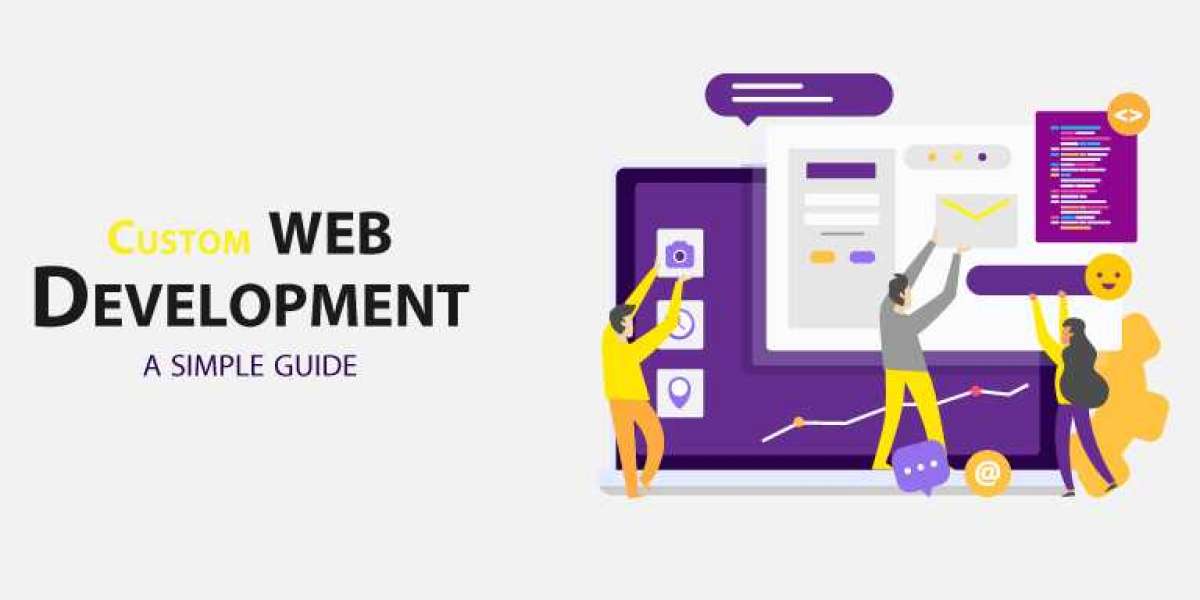In today's digital age, having a website is crucial for any business or organization. A website acts as an online storefront that can help promote your brand, showcase your products or services, and connect with your target audience. However, not all websites are created equal. Custom website development offers a unique approach to building a website that is tailored to your specific needs and goals. In this comprehensive guide, we will explore everything you need to know about custom website development.
What is Custom Website Development?
Custom website development is the process of building a website from scratch, rather than using a pre-designed template or theme. With custom development, every aspect of the website is designed and developed to meet the specific needs of the client. Custom website development involves a collaborative approach between the client and the development team, ensuring that the final product reflects the client's vision and goals.
Why Choose Custom Website Development?
While there are many website builders and pre-designed templates available, there are several reasons why custom website development may be the best option for your business or organization. Here are some of the advantages of custom website development:
Unique Design: With custom website development, you can create a website that is entirely unique and tailored to your brand. This can help differentiate your business from competitors and create a strong online presence.
Scalability: Custom websites are designed to be scalable, meaning they can grow and adapt as your business or organization evolves. You can add new features and functionality to your website as needed, ensuring that it continues to meet your business needs.
Better Performance: Custom websites are optimized for performance, meaning they load faster and perform better than pre-designed templates. This can help improve user experience and increase engagement on your website.
Enhanced Security: With custom website development, you have greater control over website security. You can implement the latest security measures and ensure that your website is protected from cyber threats.
Flexibility: Custom websites offer greater flexibility than pre-designed templates. You can customize every aspect of your website, from the layout to the functionality, ensuring that it meets your specific needs and goals.
The Custom Website Development Process
Custom website development involves a series of steps, each designed to ensure that the final product meets the client's needs and goals. Here is an overview of the custom website development process:
Discovery Phase: The first step in custom website development is the discovery phase. This involves gathering information about the client's business or organization, target audience, and website goals. This information is used to create a project brief that outlines the scope of the project, including timelines and budgets.
Design Phase: The design phase involves creating a website prototype that reflects the client's vision and goals. This includes creating wireframes, designing the website layout, and selecting colors and fonts.
Development Phase: Once the design is approved, the development phase begins. This involves coding the website using programming languages such as HTML, CSS, and JavaScript. The development team works to ensure that the website is optimized for performance, security, and user experience.
Testing Phase: Before the website is launched, it undergoes rigorous testing to ensure that it is error-free and works as intended. This includes testing the website's functionality, usability, and performance across different devices and browsers.
Launch Phase: Once the website is tested and approved, it is launched to the public. This involves making the website live on the internet and ensuring that it is accessible to users.
Maintenance Phase: After the website is launched, it requires ongoing maintenance and updates to ensure that it continues to meet the client's needs and goals. This includes monitoring website performance, updating content, and implementing security measures.
Choosing a Custom Website Development Company
Choosing the right custom website development company is crucial to the success of your website.







